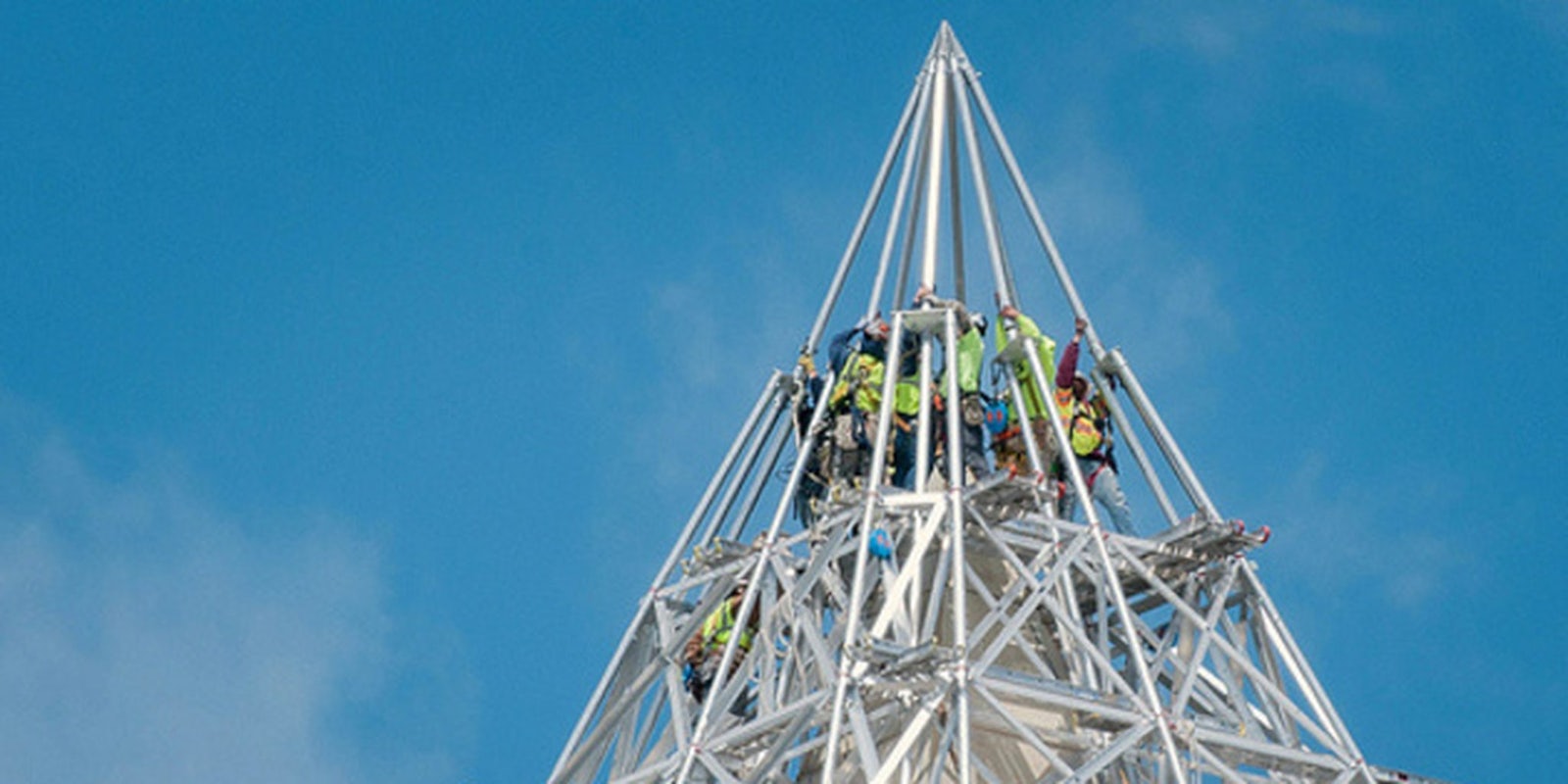When people feel the ground shake, they talk about it.
That’s never been more clear than when an earthquake struck Washington, D.C., in 2011. Even considering D.C.’s nerdy, tweet-happy population (I’m guilty here), the 4,000 tweets per minute in the direct aftermath of the quake was pretty impressive.
And it wasn’t the United States Geological Survey, CNN, or another major news organization that first reported (in English) the magnitude 7.9 earthquake that shook Wenchuan, China in 2008. It was none other than Roger Scoble who happened to see people who felt the quake tweeting about it.
“I reported the major quake to my followers on Twitter before the USGS website had a report up and about an hour before CNN or major press started talking about it,” Scoble wrote in a blog post about the experience.
Researchers took notice: After that quake, USGS, which has more than 7,000 ground sensors all throughout the United States and the world designed to pick up seismic activity, decided to see if they could build an algorithm that can alert them to earthquakes before their sensors can.
Turns out, they can do it pretty well. By measuring the uptick in people tweeting the word “earthquake” in several different languages, USGS can usually—in more than 75 percent of cases—tell whether an earthquake has occurred within two minutes of it striking. In some cases, the first tweet after an earthquake happens less than 20 seconds after an earthquake strikes (kids these days are so fast with their phones, aren’t they?). By comparison, it can take up to 20 minutes for a sensor in a rural area to relay that information back to USGS.
Read the full story on Motherboard.
Photo via USDA

